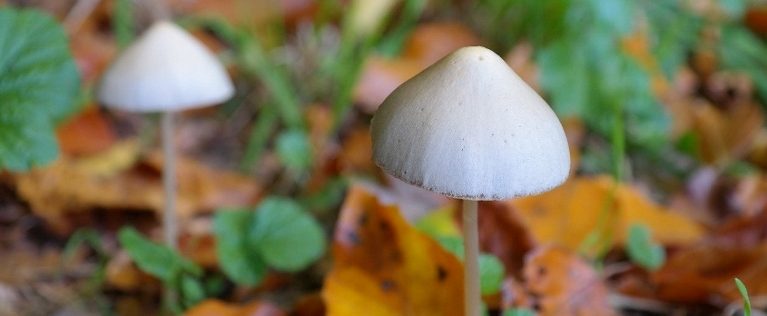Why do magic mushrooms turn blue when they are cut? Chemists have now unravelled this decade-old mystery
Magic mushrooms or Psilocybe are fungi producing the psychotropic compounds psilocybin and psilocin. They are one of several species that instantly develop a blue coloration when they are cut or bruised. In Boletales mushrooms, oxidised gyrocyanin or pulvinic acid are the source of the blue colour. But that isn’t the case in Psilocybe mushrooms.
Previous research had established that the blue colour was caused by oxidised psilocybin, but the nature of the pigment and the biochemical pathway producing it had remained elusive.
The pigment, as it turns out, is not just a single compound but a complex mixture of linked psilocybin oxidation products. Most of them are quinoid psilocyl oligomers – compounds not unlike indigo, a deep blue pigment used to dye jeans. ‘[The blue compounds and indigo] share structural similarities in the indole core, and in both the basis for the colour is a quinoid,’ says the study’s lead author Claudius Lenz.
All of the six mushroom pigments the team identified are products of a cascade reaction starting with psilocybin.
What exactly the blue pigments do, however, remains a mystery. ‘Our hypothesis – and we don’t have any evidence for this yet – is that it might serve a protective role, like an on-demand repellent against predators,’ says Hoffmeister. The compounds might produce reactive oxygen species, which are toxic to any insect nibbling on the mushrooms.
Read the full article at CHEMISTRYWORLD






